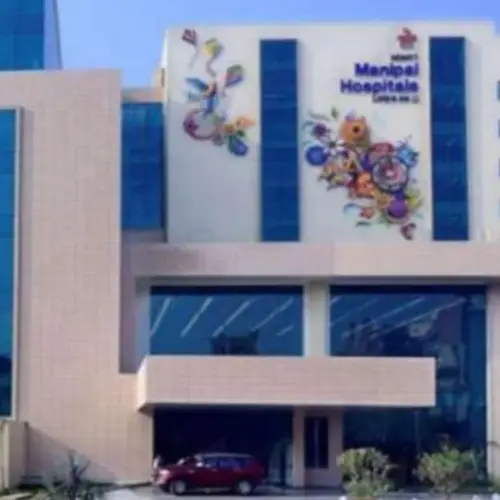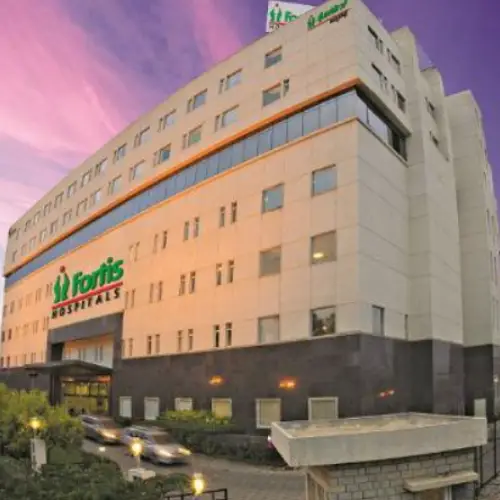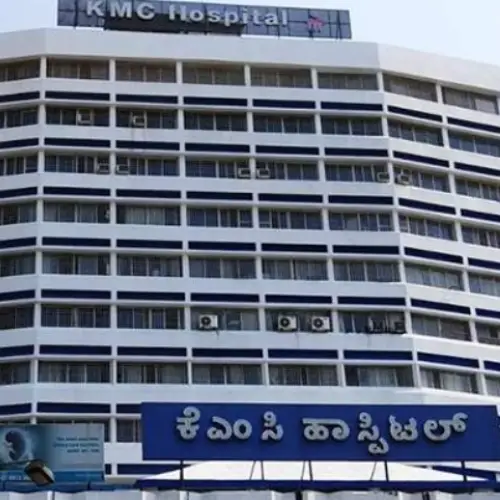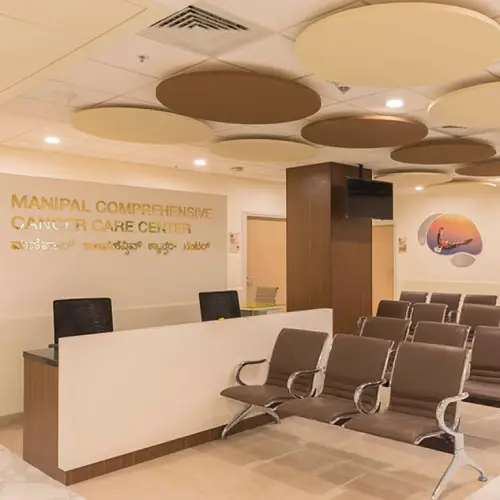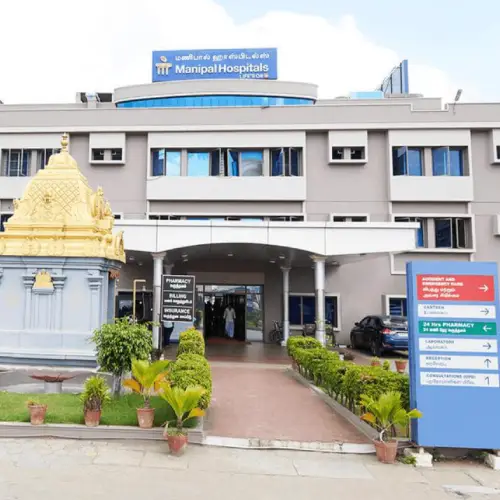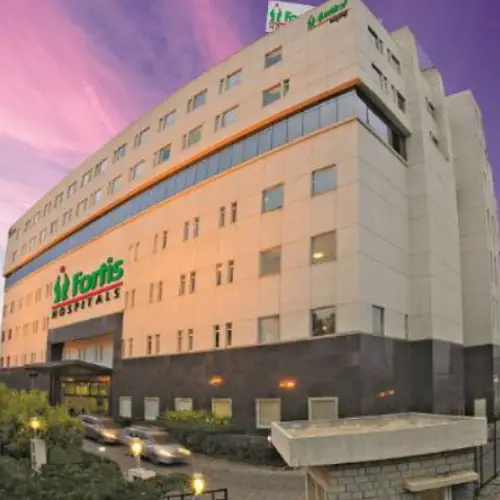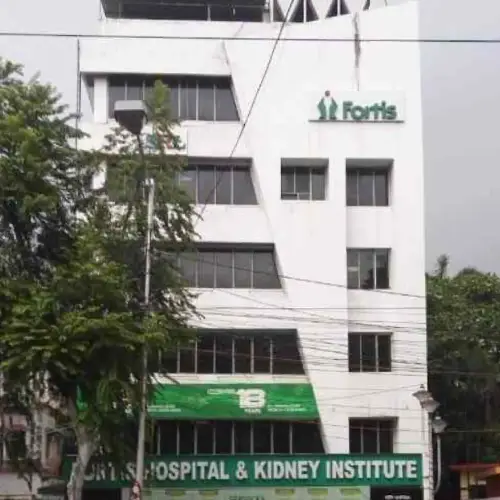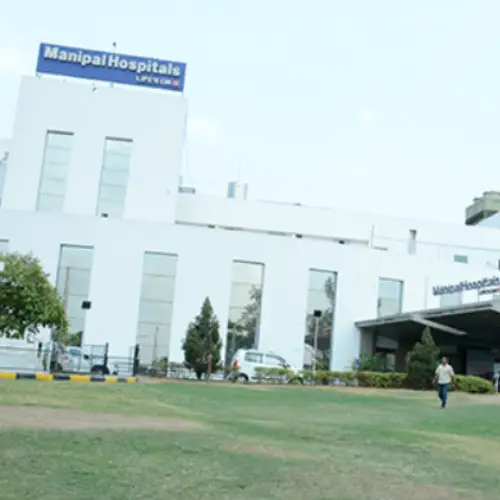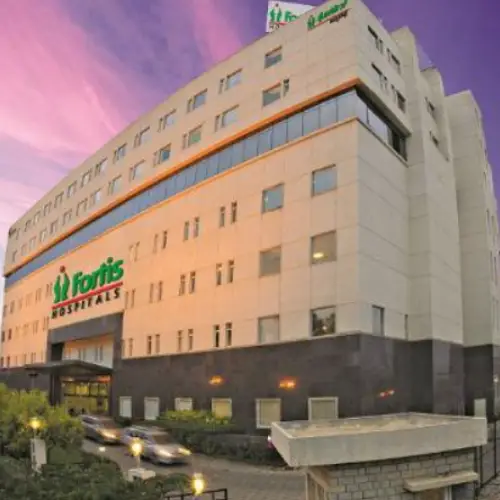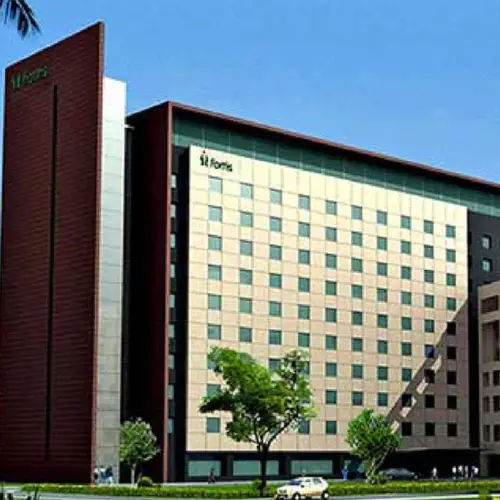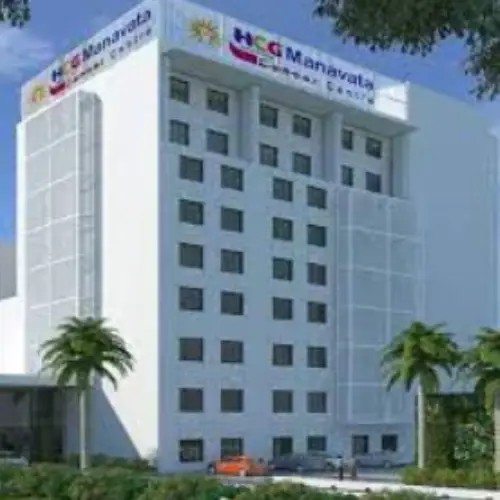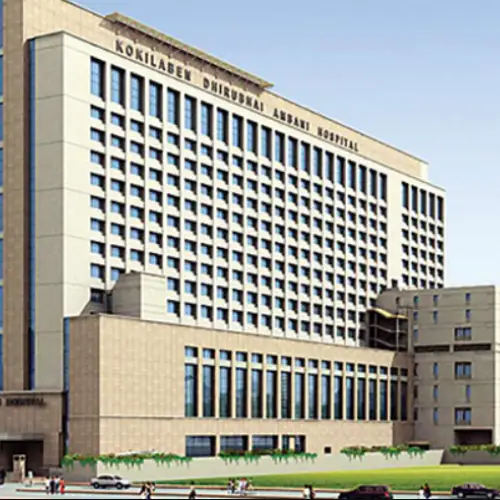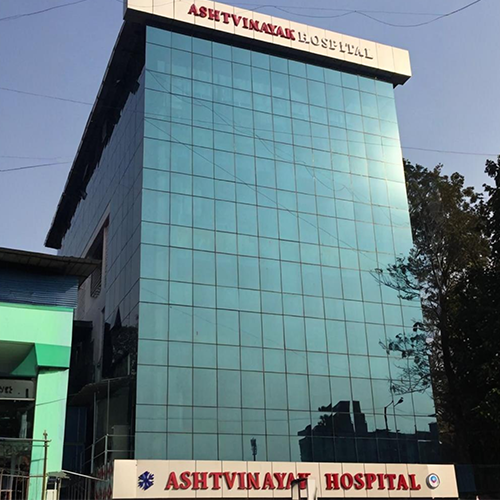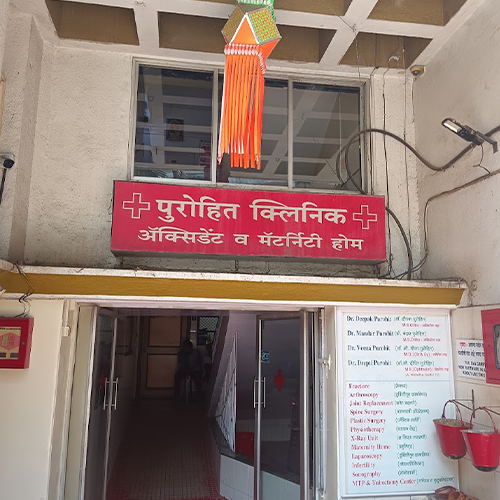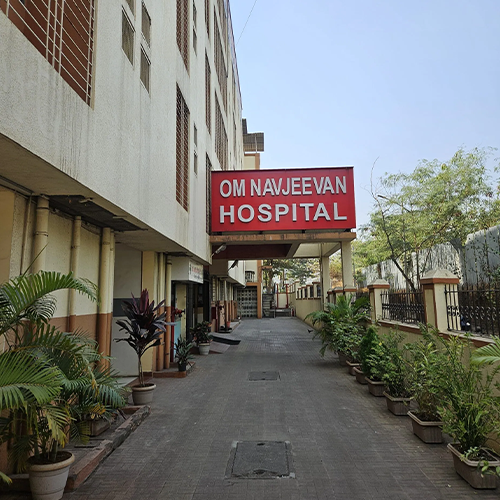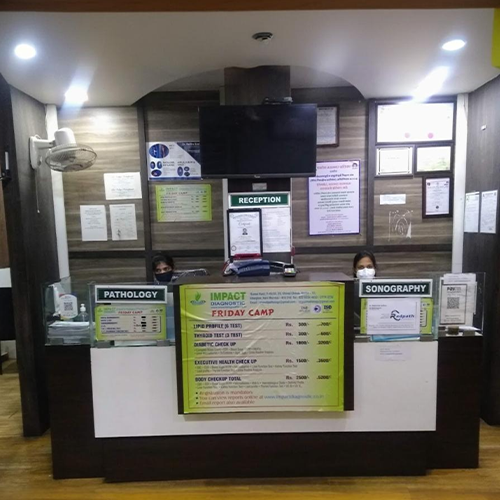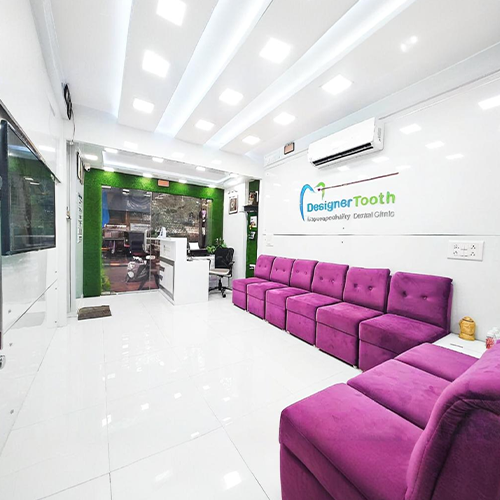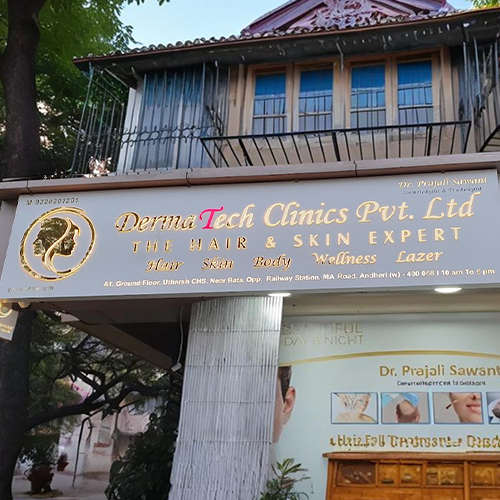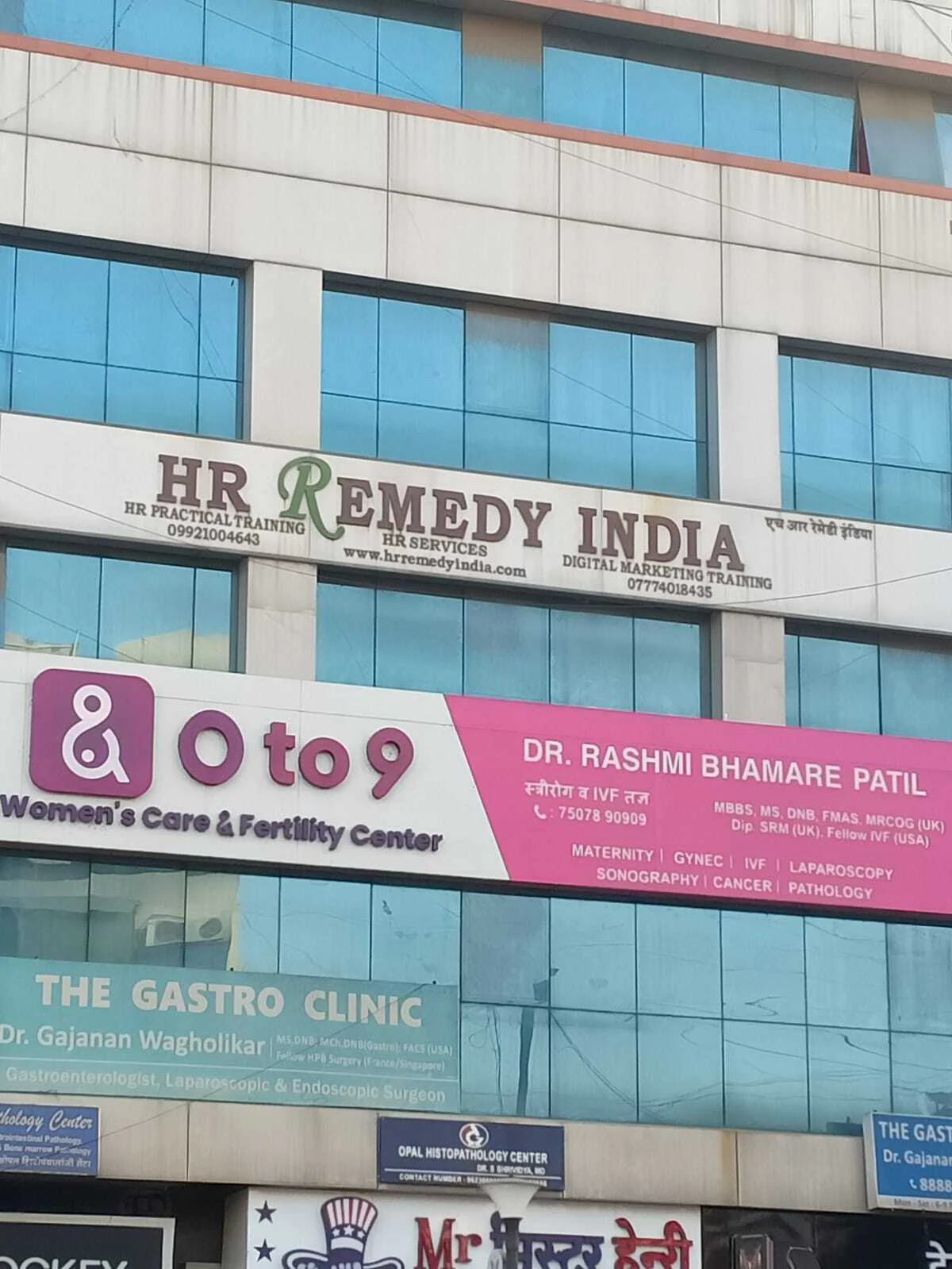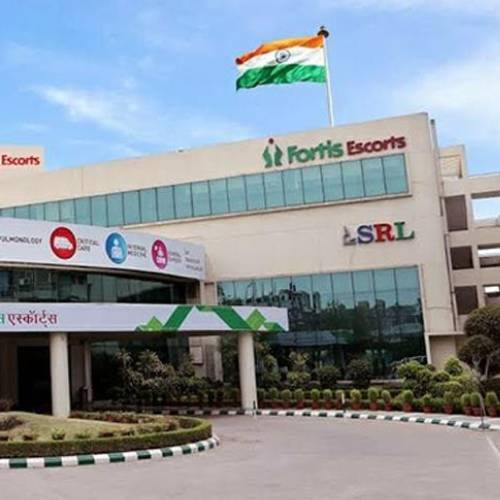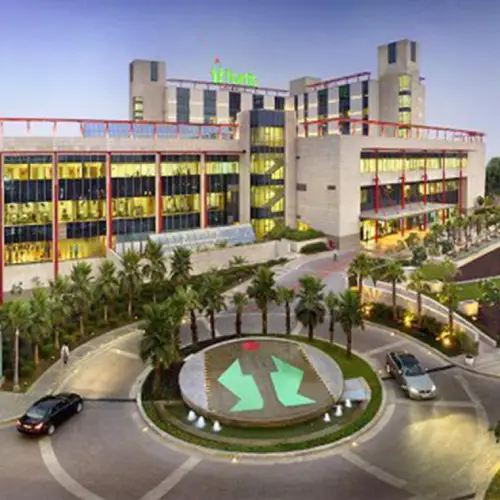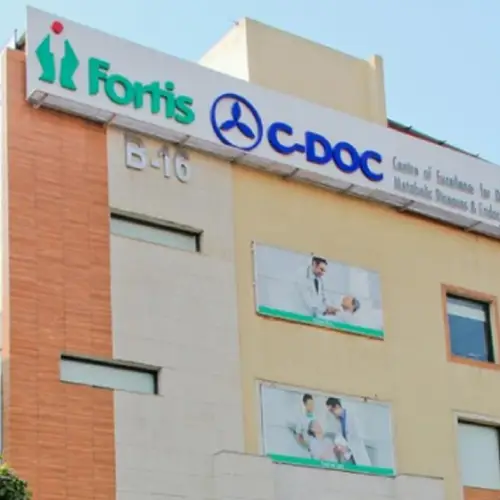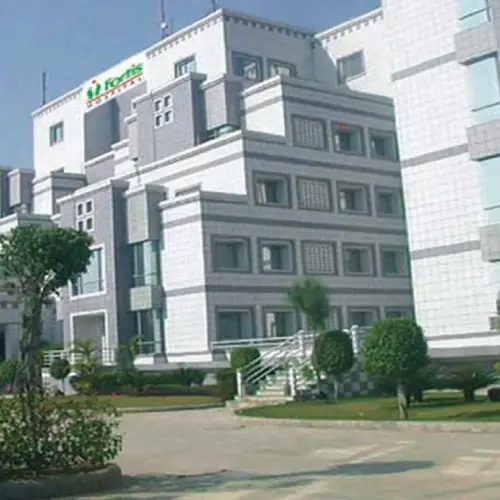Colon Cancer
Colon Cancer
What Is Colon Cancer?

Cancer is a condition characterized by the unchecked proliferation of abnormal cells within the body. These cells have the capacity to infiltrate and harm healthy tissues. The onset of cancer occurs when the body’s natural regulatory processes malfunction. This disease has the potential to disseminate throughout the entire body and ranks as the second most prevalent cause of death worldwide. With over 100 distinct variations, each named after the specific cell or organ of origin, cancer cannot be categorized as a singular ailment; instead, it constitutes a diverse group of diseases.
Symptoms Of Colon Cancer
General signs and symptoms associated with, but not specific to cancer include:
- Fatigue
- Persistent cough
- Difficulty swallowing
- Changes in bowel or bladder habits
- Persistent, unexplained muscle or joint pain
- Persistent, unexplained fevers or night sweats
- Weight changes, including unintended loss or gain
- Lump or area of thickening that can be felt under the skin
- Changes in the skin, such as yellowing, darkening, or redness, sores that will not heal, or changes to existing mole
Causes Of Colon Cancer
Cancer is not caused by a single cause the interaction of many factors together causes cancer. It is considered a complex group of diseases. Most cancers are related to environmental, lifestyle, or behavioural exposures. Cancer is not contagious in humans, though it can be caused by oncoviruses and cancer bacteria.
Certain risk factors are known to increase the chance of cancer:
Being overweight or obese is a significant risk factor for numerous cancer types. These include breast cancer, colorectal cancer, endometrial cancer (lining of the womb), esophageal cancer, pancreatic cancer, kidney cancer, liver cancer, stomach cancer, ovarian cancer, thyroid cancer, multiple myeloma, and brain cancer (specifically, meningioma). Maintaining a healthy weight through diet and exercise can help reduce the risk of developing these cancers.
As individuals age, their likelihood of developing cancer increases. This heightened risk can be attributed to the gradual accumulation of cellular damage over time. Additionally, as one ages, the body’s natural defenses and ability to combat abnormal cells tend to diminish. Processes like cell repair and immune system surveillance may become less efficient, allowing damaged cells to persist and proliferate uncontrollably, potentially leading to cancer. Consequently, a significant proportion of cancer cases are diagnosed in older individuals.
Radiation is a known carcinogen. For instance, exposure to radioactive materials and nuclear fallout can elevate the risk of developing cancers, such as leukemia and others. Likewise, excessive exposure to sunlight, which emits UVA and UVB radiation, can increase the likelihood of developing skin cancer. It’s important to note that the risk of cancer is directly related to the dose of radiation received, meaning that higher doses are associated with a greater risk of cancer development.
Consuming a diet rich in fruits and vegetables has been linked to a reduced risk of developing certain types of cancer. Conversely, there is evidence to suggest that the consumption of red meat and processed meat can increase the risk of cancer, particularly bowel cancer.
Additionally, the consumption of alcohol has been associated with an increased risk of developing specific types of cancer. It’s essential to be mindful of dietary choices and alcohol intake as part of a broader strategy for cancer prevention and overall health.
Excessive intake of nicotine can cause cancer of the lung, mouth, throat, esophagus, bladder, and pancreas. Sometimes working with chemicals like asbestos, benzene, formaldehyde, etc. Without any precaution also increases the risk of developing certain cancers.
Treatment Options Of Colon Cancer

Cancer prevention encompasses proactive measures aimed at reducing the risk of developing cancer. It’s noteworthy that the majority of cancer cases are attributed to environmental factors, and many of these influences are within our control through lifestyle choices. Consequently, cancer is largely preventable. Environmental factors contribute to approximately 70% to 90% of common cancers, rendering them potentially avoidable.
Some well-recognized avoidable risk factors for cancer include tobacco use, excess weight or obesity, unhealthy dietary habits, lack of physical activity, excessive alcohol consumption, exposure to sexually transmitted infections, and exposure to air pollution. Addressing these risk factors could prevent over 30% of cancer-related deaths.
It’s important to acknowledge that poverty can indirectly contribute to cancer risk due to limited access to healthcare and resources for maintaining a healthy lifestyle.
However, it’s crucial to recognize that some environmental factors, such as naturally occurring background radiation and cancers related to hereditary genetic abnormalities, are beyond personal control and cannot be mitigated through individual actions.
Colon Cancer Treatment Cost In India
| Treatment | Cost |
|---|---|
| Chemotherapy | USD 500–1000 Approx./ Month |
| Immunotherapy | USD 8500 |
| Breast cancer surgery | USD 2000 – 4000 |
| Prostate cancer treatment | USD 6000 – 8000 |
| Breast conservation surgery | USD 3000 – 4000 |
| Transarterial radioembolization or TARE | USD 30,000 |
| Transarterial chemoembolization or TACE (Trans Arterial chemoembolization) | USD 7000 – 8000 |
The type of cancer, its stage, whether cancer has spread, and your overall health all influence treatment options. The goal of treatment is to eliminate as many malignant cells as possible while minimizing damage to neighboring healthy cells. This is made feasible by technological advancements.
FAQs
Cancer refers to the unchecked proliferation of anomalous cells within a specific region of the body, potentially capable of metastasizing to other regions throughout the human body.
Cancer not only poses a significant threat to a person’s physical health but also can lead to profound psychological and financial challenges in the patient’s life.
While cancer used to be associated with dire consequences, today, thanks to advancements in healthcare, the prognosis and life expectancy for cancer patients have significantly improved, offering them a more optimistic outlook.
Metastasis denotes the spread of cancer (tumor cells) to other parts of the human body, where they can infiltrate and potentially lead to severe and life-threatening consequences.
Numeric staging indicators are often added to each letter in cancer staging to convey the size and extent of the primary tumor as well as the degree of cancer spread. A higher number typically signifies a larger tumor or a more extensive spread of the disease.
40 percent of cancer Brought on by tobacco or pan masala particularly the oral and lung cancer.
- Approximately 10 percent could be due to hereditary causes for example breast and ovarian cancer.
- Approximately 15 percent could be due to obesity such as breast, uterus, etc.
- 5 percent may be dietary and food preservation including stomach cancer.
- Approximately 30% of cancer Don’t Have Any unknown triggers such as pancreatic cancer.
Anyone can create cancer; however, the danger of getting it increases with age. Certain cancers could be connected to a few occupational dangers.
Oncologist is specialized doctors for the treatment of cancer, maybe a surgical oncologist, radiation oncologist, or medical oncologist.
Any persistent bulge or swelling
- Sudden bleeding
- Like coughing blood
- Bleeding from gut/pee
- Encourages weight loss
- Persistent cough Especially If You’re a smoker
- Difficulty swallowing
- Changes in your voice
- Mouth or tongue ulcer for over 3 weeks
- New mole or modifications from an existing mole
About two-thirds of that cancer is associated with lifestyle and can be averted
- Obesity is among the largest risk factor for cancer.
- By preventing tobacco use around 30 percent of oral and lung cancer cases could be prevented
- Normal screening also helps notably in prostate cancer for guys and cervical and breast cancer cases in guys.
Following the individual presents with symptoms that are imagining, a Battery of tests and analyses are performed to confirm the diagnosis of malignancy
- Biopsy
- Endoscopy
- Detection and therapy help?
- It is essential to Be aware of symptoms and diagnose it. First disease stages as early detection and treatment may make a powerful effect on the disease prognosis in fact at many times can be life-threatening or cause fewer complications, since also lessens the healthcare expenses and clinical intervention.
Metastasis denotes the spread of cancer (tumor cells) to other parts of the human body, where they can infiltrate and potentially lead to severe and life-threatening consequences.
The primary treatments for cancer typically include:
1. Chemotherapy: This involves the use of drugs or chemical agents to target and kill cancer cells.
2. Surgery: Surgical procedures are used to physically remove cancerous tissue or tumors from the body.
3. Radiation therapy: High-energy X-rays or other radiation sources are employed to target and destroy cancer cells.
Treatment plans for cancer can vary widely depending on the type and stage of cancer, as well as individual patient factors. In many cases, a combination of these treatments may be used to effectively combat the disease. The choice of treatment is determined by a thorough evaluation of the specific cancer diagnosis and its characteristics.
Indeed, chemotherapy is a medical treatment approach that employs potent chemicals or drugs to target and destroy rapidly dividing cells within the body. This is particularly effective in targeting cancer cells, which tend to proliferate quickly. However, chemotherapy can also affect healthy cells that divide rapidly, leading to various side effects, which is why it is carefully administered and monitored by healthcare professionals.
Chemotherapy drugs can be administered through various methods, including:
1. Chemotherapy infusions: These are typically delivered intravenously (IV) into a vein, allowing the drugs to circulate throughout the body.
2. Chemotherapy pills: Some chemotherapy drugs are available in oral form, in the form of pills or capsules, which can be taken by mouth.
3. Chemotherapy shots: Injections of chemotherapy drugs can be administered into muscles or under the skin.
4. Chemotherapy lotions: In some cases, topical chemotherapy creams or lotions are used for skin cancers.
5. Intraperitoneal chemotherapy: This involves the delivery of chemotherapy drugs directly into the abdominal cavity to treat cancers in that area.
6. Intrathecal chemotherapy: Chemotherapy can also be administered directly into the cerebrospinal fluid in the spinal cord and brain for certain types of cancer.
The choice of administration method depends on the type of cancer, its location, and the specific chemotherapy drugs being used. Some chemotherapy may indeed be given directly to the cancerous site, such as intraperitoneal chemotherapy for abdominal cancers.
The ability to work during cancer treatment can depend on several factors, including:
1. The type of treatment you’re receiving: Some cancer treatments, such as chemotherapy and radiation therapy, can cause significant side effects that may affect your ability to work. The severity of these side effects varies among individuals and depends on the specific treatment regimen.
2. Your general health: Your overall health and physical condition can influence your ability to continue working during cancer treatment. If you are otherwise healthy and in good shape, you may have a better chance of maintaining your work activities.
3. The type of work you do: The nature of your job plays a crucial role. If your job involves physical labor or requires you to be on your feet for extended periods, you may find it more challenging to work during treatment compared to a desk job that allows for flexibility.
4. How you feel during treatment: Cancer treatment can cause fatigue, nausea, pain, and other side effects. How you feel on a day-to-day basis during treatment can impact your ability to work. Some days you may feel well enough to work, while on others, you may need to rest.
Doctors and healthcare professionals will consider these factors when advising you on whether it’s safe and feasible for you to continue working during cancer treatment. In some cases, adjustments to your work schedule or duties may be recommended to accommodate your treatment and recovery needs. It’s important to communicate openly with your healthcare team and your employer to make appropriate arrangements and prioritize your health during this challenging time.
Best Hospitals for Orthopaedic Surgical Oncology in India
Fill this form to get a free quote from best hospitals in India


At MediTours India, we stand as a distinguished leader in the realm of medical tourism, dedicated to transforming your healthcare journey into a seamless and transformative experience. With a commitment to excellence and a focus on your well-being, we pave the way for a new era of medical travel.
Contact Us
Address : C603 Jalaram Park LBS Road. Bhandup West Mumbai -400078 Phone : +91 9820344697 Email : ajit@meditoursindia.in
Copyright by indiameditours 2023. All rights reserved.


